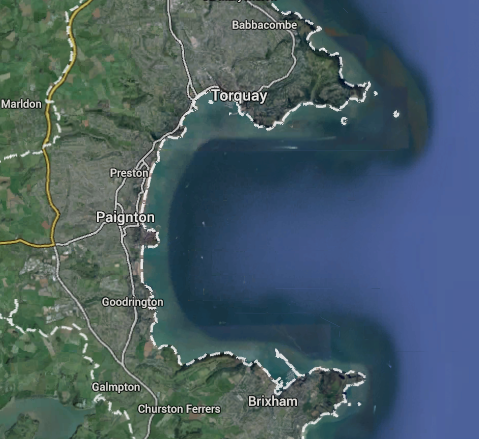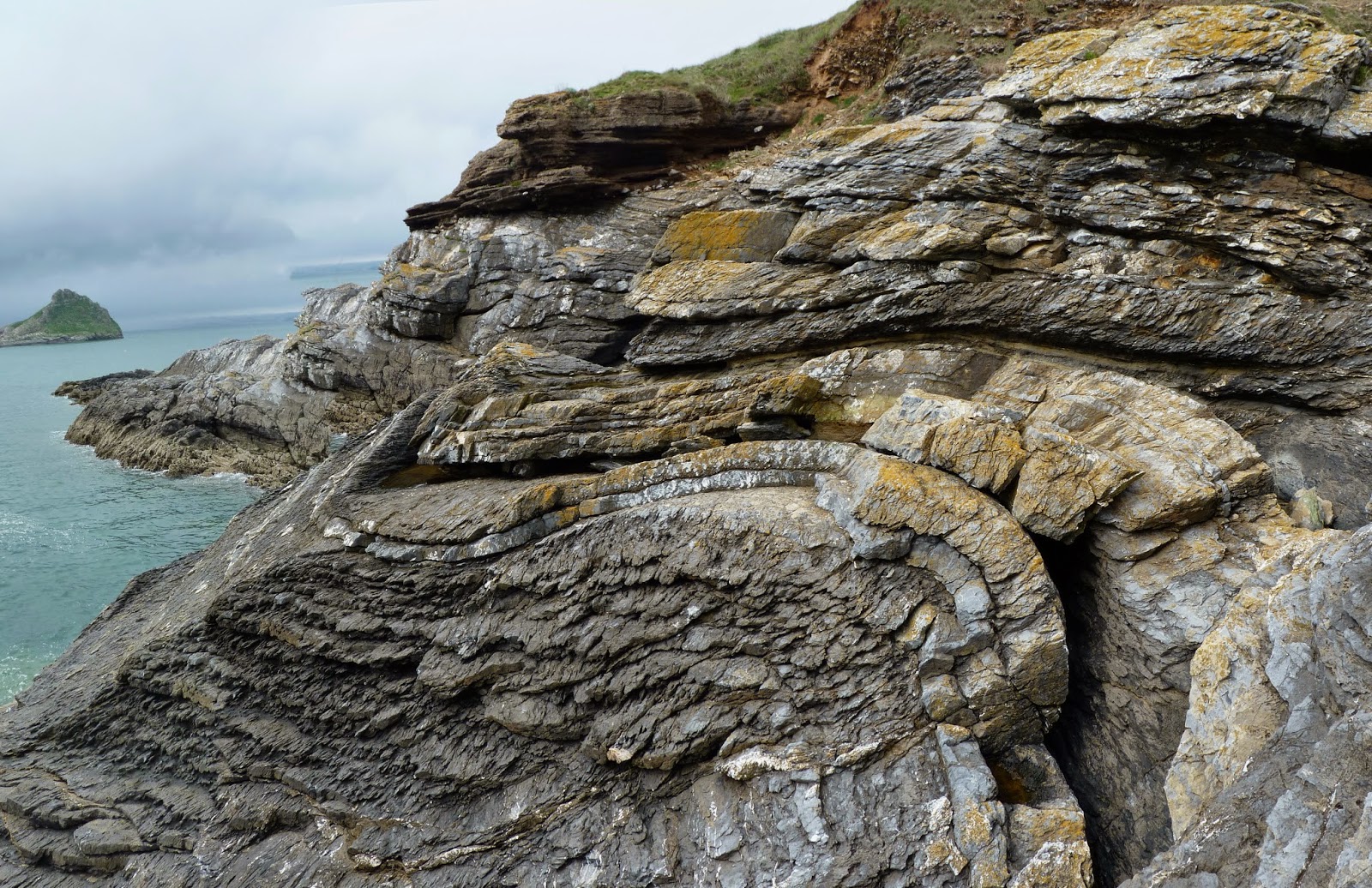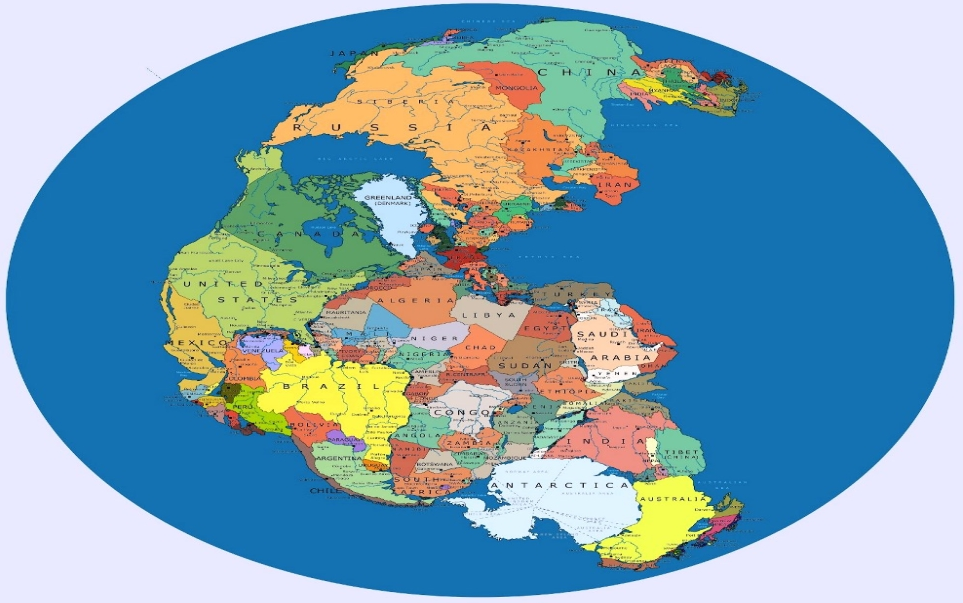With the majority of my time working on the PhD at the
moment spent just reading papers while sitting around waiting for a final
massive data set to work on and the mass spectrometer to be fixed so I can
finally finish my data collection, I'm at a bit of a loss as to what to do with
myself. This gives me a perfect excuse to put together this blog post I've been
meaning to write for a while now, bringing together two of my favourite things: geology and climbing.
Now obviously rock climbing couldn't exist without rocks to
climb on, but how many climbers just don’t think about the geological events
that led to forming the strata they are clinging on to?
The UK is very varied in its geology for quite a small area
and this gives a wide range of interesting rock types to climb on. There is the
world famous grit of the Peak District, the slates and volcanic rocks of
Snowdonia and the Lake District, the Granite of Cornwall and Dartmoor, and the
limestones of Avon, Cheddar and Dorset, all with their own characteristics, challenges
and history.
This is going to be a short series of posts covering these
rock types in turn, starting where I've done most of my climbing so far, the
grit of the Peak District.
The Peak District is split roughly into 2 regions defined by
rock type; the gritstone of the Dark Peaks in the North, far West and East and
the limestone of the White Peaks in the Central and Southern areas, with these
2 areas separated by softer low-lying shales.
This can be
well seen in Figure 1, a simplified Geological map and Figure 2, a cross section , as the structure
of the Peak District is a broad anticlinal dome. The sediments that were
originally deposited flat have been uplifted and erosion of the overlying
sediments has exposed a concentric pattern with the oldest rocks (the
limestones) in the core of the dome. This occurred as a result of the Variscan
Orogeny around 290 million years ago as (what are now) North America and Europe
collided to form the supercontinent Pangea.
 |
| Figure 1: Simplified geological map of the Peak District (source) |
 |
| Figure 2: Simplified cross section of the Peak District (source) |
The Geological history of this area therefore starts with the deposition of the limestones of the White Peak. During the early Carboniferous period, between 350 and 325 million years ago, what is now the British Isles were located near the equator and much of the country was covered in a shallow tropical sea, a back-arc extensional basin to the north of the Variscan orogenic belt. As the supercontinent of Pangea formed, the Iapetus Ocean closed during the Late Silurian and Devonian and mountains were growing through central and northern Europe as continental plates moved together. In this rapidly subsiding basin, warm shallow marine environments allowed for a great abundance of life and a great thickness of fine grained limestone was deposited in which fossils of corals, crinoids, brachiopods and trilobites can be found.
 |
| Stromataporid or bryozoan (?) found while scrambling the Pinnacle at Parkhouse Hill (SK077670) in the White Peak |
As well as the steep sides of cliffs of the valleys, where
water and ice have eroded down through the soluble rock, the limestone has also
been extensively quarried as a building material and the abandoned quarries
provide popular climbing walls. Many of these quarries have been extensively
bolted for sport climbing and although it also means it’s often weathered
smooth and crumbly, the solubility of limestone allows it to erode into some interesting
and challenging holds. More on limestone climbing in a later post though, it’s
the overlying grit the Peaks is famous for.
After subduction and mountain building had ended towards the
end of the Carboniferous, subsidence of the basin slowed and now sediment
supply outpaced subsidence. Uplift to the North of the Peak District, in the
area which is now Scotland and Scandinavia, created high landmasses which shed vast quantities of sediments as they
were rapidly eroded. The shallow sea was gradually filled; choking the
sensitive reef ecosystems and overlying the limestone with a coarsening upwards
sequence of shales, silts and sands. This occurred as deltas of huge river
systems, comparable in size and importance to the modern Mississippi or Amazon , grew southwards eventually depositing the coarse sands,
grits and pebbles that make up the Millstone Grit, that the Peak district is
famous for, around 315 million years ago.
 |
| The location of the Variscan (also known as the Hercynian) mountain belt (source) |
As the tops of the deltas stabilised, as the UK was around 30 degrees south at the time, tropical swamps
developed. These were rich in plant life and over time layers of dead plant
material built up in stagnant swamps. This formed the coal measures which
overlay the gritstones at the far west and east of the Peak District as well as
over much of the north of England. It was these coal measures that fuelled the
industrial revolution, powering the factories and mills of northern England.
 |
| Carboniferous coal swamp (source) |
Inversion and uplift due to compressive effects at the
culmination of the Varsican orogeny at the end of the Carboniferous caused the
doming of the strata as we it see today (Figure 2). This folded and fractured
the rock and erosion during the ice ages of the Quaternary have shaped the peak
district as we see it now, with rivers and glaciers removing the overlying
sediments and carving out valleys. This has exposed the long Edges of grit,
such as Stanage and Froggart, resistant to erosion as the softer silts and coal
measures have been eroded away.
 |
| Stanage edge (from Stanage Plantation) |
I learnt to climb outside in the Peak District on the grit
slabs at places like Stanage, Froggart and Birchen. Here, trad climbing and
bouldering are the only ways to go, carrying and placing your own protection
from a cumbersome and clanky rack as you struggle up the face. Here, routes are
single pitch and short, sport climbing is for wimps and seemingly blank slabs are
climbed with minimal protection. It’s the coarse size and angular shapes of the
sharp sand particles that give the grit both its ridiculous levels of friction,
allowing the confident climber to smear up a blank face, and its less
favourable ability to shred your fingers on unweathered edges. These features
come from the highly quartz-rich source rocks that the sediment was eroded
from, they provided strong, tough grains resistant to erosion, and the proximal
nature of the deposits (the sediment wasn’t transported too far from its source
region) means the rivers didn’t have time to weather the particles too small
and smooth.
 |
| My trad rack, pretty much all of this needs to be carried on longer routes |
 |
| Taking advantage of a large horizontal break for a rest on a run out slab |
Cross bedding, ripples, erosional surfaces and pebble beds from the transport of the sediment by river channels and marine currents provide plenty of holds, while horizontal breaks in the rock, where softer, finer grain sediments were deposited due to a decrease in the power of the current as channels switched around may provide a welcome ledge for a rest, or if deep and narrow enough, a desperately needed cam placement.
Deep vertical fissures in the rock are a regular feature of grit, these may have originated during the uplift and folding of the strata into the wide dome structure (Figure 2) and/or may be from the rock ‘bouncing back’ after being uncompressed due to the erosion of overlying strata or due to the melting of the ice that covered much of the UK during the glaciations of the Pleistocene (isostatic rebound). These cracks provide handy places to stick a hex or cam for protection and due to the highly compacted and cemented nature of the grit, thanks to the level of burial and compression the rock has undergone over the last 300 million years, these placements are usually pretty bomber so you can take a good fall without worrying about the rock breaking and your gear popping out (which is more of a worry with other rock types like slate). The deep cracks and fissures in some areas have also led to the Peak District being popular for crack climbing; jamming body parts – usually a few fingers, a flattened hand or a fist, but can be a knee, a shoulder or your face depending on the size and awkwardness of the crack.
 |
| Jimbo working his way up a fracture, a nice erosional river channel deposit can be seen forming the overhang above his head |
I hope this has gone some way to explaining the geology of
the Peak District’s grit climbing scene and hopefully they’ll be a post on
limestone and sport climbing on the South Coast in the next few weeks (after I’ve
been down there again for a reminder).
References:
- Allen, J. R. 1960, The Mam Tor Sandstones: A "Turbidite" Facies of the Namurian Deltas of Derbyshire, England. Journal of Sedimentary Petrology, Vol. 30 (1960)No. 2. (June), Pages 193-208
- Catt, J.A., 2007; The Pleistocene glaciations of eastern Yorkshire: A review; Pro. York. Geo. Soc., v. 56, p 177-207
- Ewbank, G., Manning, D. A. C., & Abbott, G. D. (1995). The relationship between bitumens and mineralization in the South Pennine Orefield, central England. Journal of the Geological Society, 152(5), 751-765.
- Gilligan, A., 1920 (for 1919), The petrography of the Millstone Grit of Yorkshire: Geol. Soc. London Quart. Jour., v. 75, p. 251-294.
- Leeder, M. R. "Recent developments in Carboniferous geology: a critical review with implications for the British Isles and NW Europe." Proceedings of the Geologists' Association 99.2 (1988): 73-100.
- Sorby, H. C., 1859, On the structure and origin of the Millstone Grit in South Yorkshire: Yorkshire Geol. and Polytech. Soc. Proc., v. 3, p. 669-675.




















